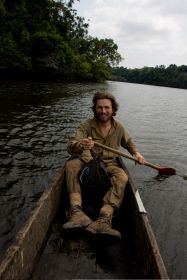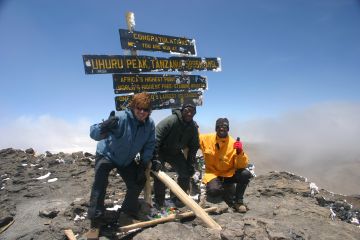
Photos Courtesy of Trevor Frost
Trevor is currently putting together an expedition to deal with “Paper Parks,” national parks that lack the funding and on-the-ground support to benefit the places that they were set up to support. Although more than 100,000 nature reserves or parks exist across the globe today to protect the world’s most beautiful places and important wildlife, reports from the International Union for Conservation of Nature estimate that up to 70% of the world’s parks are failing to do their job, and are little more than lines drawn on a paper map.
